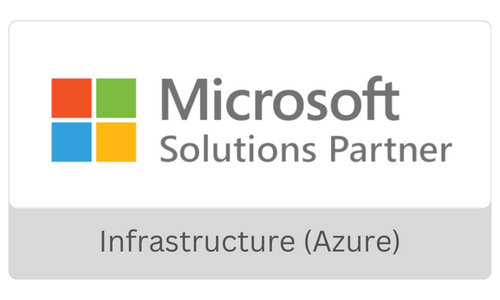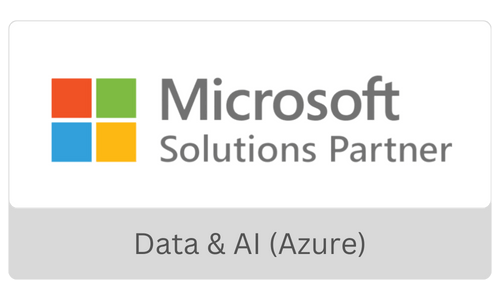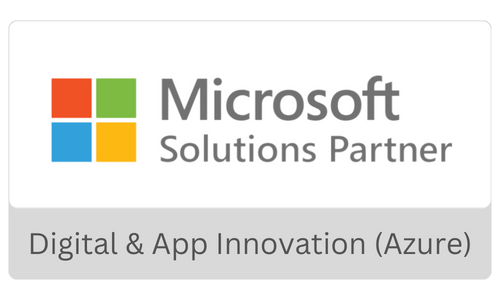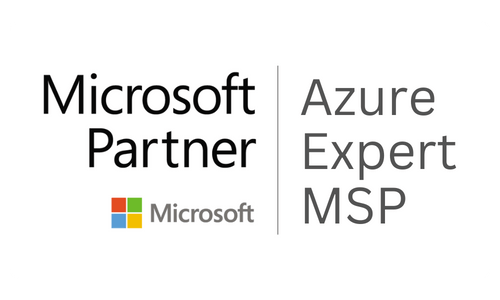Isn’t the word ‘debt’ scary enough, and how about adding ‘technical’ as a prefix? Yes, tech debt is a grim reality. However, we can share an effective way to pay off tech debt in this blog-using fusion development! Technical debt is a common problem that creeps up silently, building up through countless small and seemingly insignificant decisions. It stealthily compounds, and before even realizing it, technical debt becomes a significant problem preventing firms from investing in present operations and further future innovations.
Most often, tech debt results from myopic or ad hoc decisions of ‘building it quickly’ rather than ‘building it properly’ or ‘making for the future.’ The demands of today’s fast-paced business landscape compel executives to develop programs quickly. That is how seemingly insignificant decisions – like a new framework here or an approaching deadline there, may snowball into a mountain of debt that is disheartening and overwhelming.
But here is the good news: You can pay off tech debt and establish a development process that satisfies both immediate deadlines and long-term strategic objectives – by adopting fusion development, an amalgamation of low-code and traditional coding. Enterprises can align modern application development processes, organizational structures, and team priorities through fusion development, especially across platforms like Power Platform. This approach allows companies to steadily chip away at their debt without compromising the timeline of current projects. So, do not let your technical debt hold you back. With the fusion approach, you can pay off your tech debt and build a better and more sustainable software development process for the future.
How does tech debt accumulate?
When the written code does not quite meet design standards, nor does it operate optimally, tech debt accumulates and continues to accrue until the unwanted consequences of the poorly written code become apparent. The possible consequences include high levels of tech debt, decreased team efficiency, and a longer time to market for new products. Understanding why the code doesn’t function properly or how to resolve errors quickly further makes it difficult (which may lead to more bugs). As the project progresses, it becomes more and more challenging to work with the codebase. Furthermore, as the code grows, it gets more challenging to update, debug, and expand, resulting in longer turnaround times for bug fixes and expansions.
Understanding fusion development
How can low code help reduce tech debt?
Low-code application platforms such as Microsoft Power Platform offer a layer of automation between the business logic and the underlying technology. The automation shortens the programming time and significantly boosts productivity. Developers can rapidly create production-ready apps with the low-code enabling platform rather than conventional frameworks.
Microsoft Power Platform enables developers to quickly produce minimal viable products (MVPs) that are flexible. Before deciding on long-term strategies for IT architecture, businesses can evaluate their customer needs by developing an MVP. This reduces costs significantly and provides much more flexibility, thus lowering the tech debt.
Moreover, low-code platforms typically offer a simple way to run version control and test new code simultaneously with existing code without interrupting the latter.
Traditional coding platforms/languages usually include boilerplate codes compatible with particular systems. This redundancy can slow development and increase costs, making the code difficult to understand. Low-code platforms simplify the code needed to interact with different systems or carry out certain tasks.
Further, low-code platforms have tools that speed up development. Power Platform enables developers to build components that can be reused in various applications. The reusability saves time and money and enhances app quality as well.
According to 72% of global IT leaders, project backlogs are a significant setback in strategic projects, according to ZDNET.
Benefits of low-code
Among the many benefits of low code for enterprises, the major ones involve the following:
- Developing business-specific automation applications swiftly and affordably, boosting adoption, productivity, and service.
- Relieving IT from business users’ demands allows them to focus on more practical and strategic projects.
- Empowering citizen developers with tools to address their challenges and foster innovation across the enterprise.
The Microsoft Power Platform is one of the most well-known low-code platforms. As per Forrester’s 2018-2022 ‘The total economic impact of Power Apps’ report, leveraging Power Platform solutions to build end-user solutions is 74% faster than traditional app development with an ROI (Return on Investment) of 140%.
Necessity of pro-code
Though low code has gained popularity for its ease of use, it may not meet the needs of mature developers. Low-code developers may outgrow the platform’s capabilities and require pro-code expertise as they tackle more complex challenges. Additionally, aligning low-code apps to enterprise systems and ensuring compliance with standards require specialized skills. Companies may encounter roadblocks and lose momentum if they rely solely on low-code development without considering the need for pro-code capabilities.
Pro-code furthers low-code solutions
To overcome the limitations of low-code development, we recommend a fusion approach incorporating pro-code as well. Pro-code augments low-code capabilities without replacing them. By bridging the gap between low-code and pro-code developers, citizen developers gain more capabilities and can innovate faster. Pro-code developers can create custom APIs, connectors, and process logic that elevate low-code apps to meet enterprise needs. Citizen developers can further reuse these microservices to build more sophisticated solutions, achieving design velocity and speed-to-market without sacrificing customization, scalability, and sustainability.
Enterprises need governance
Governance is essential for unifying disparate groups and ensuring a solid foundation for app development. Without governance, things can spiral out of control suddenly, heavily costing the company’s time and money and jeopardizing its assets. Fusion strategy incorporates rules, standards, and best practices right from the start-which creates a sustainable foundation. Once you design low-code apps correctly from the start, they can easily be handed off to pro-code developers cost-effectively and quickly. Thus, governance is critical as it promotes reusability, reduces code waste and friction, and makes app migration faster and more efficient.
How does the fusion approach help in tackling technical debt? Key takeaways
As you can see, once you leverage fusion development, it empowers you with the benefits of both low-code and pro-code. You can reap the maximum advantages by striking an ideal balance between both, such as accelerated citizen developer innovation and augmented pro-development velocity. This approach also increases end-user efficiency and adoption while providing more choices for citizen developers. So how does fusion development address technical debt? To sum it up:
- Fusion development bridges the gaps in development, which can help identify technical debt early on- allowing us to take the necessary steps to manage it.
- By establishing a centre of excellence for app development, fusion development promotes reusability, reduces code waste and friction, and makes app migration faster and more efficient.
- The fusion process guarantees that the app development process is correct and proper from the very beginning. This step dramatically reduces tech debt and improves the overall quality of the codebase.
- Fusion development ensures data and system security (often neglected in low-code techniques), which are a good cause of technical debt in the future.
- It helps realize ROI faster- thus providing the necessary resources to address and pay off tech debt and promote better-designed apps, faster time to market, and increased team velocity.
How can we help?
To put it all concisely, every enterprise needs a different strategy for optimizing its resources and results. Overcoming technical debt and doing the right planning from the very start is almost as crucial as the entire development journey. For this reason, it is beneficial to collaborate with an experienced tech partner when planning or evolving your data and application platforms- whether you wish to accelerate with fusion development or start dabbling with low code. Saxon is an apt partner for your digital transformation and app modernization journey. With Power Platform expertise and professional developers, we can help you decide the best fusion path for your business and help you combat technical debt effectively. You can schedule a time to find out more about Saxon’s services.
















